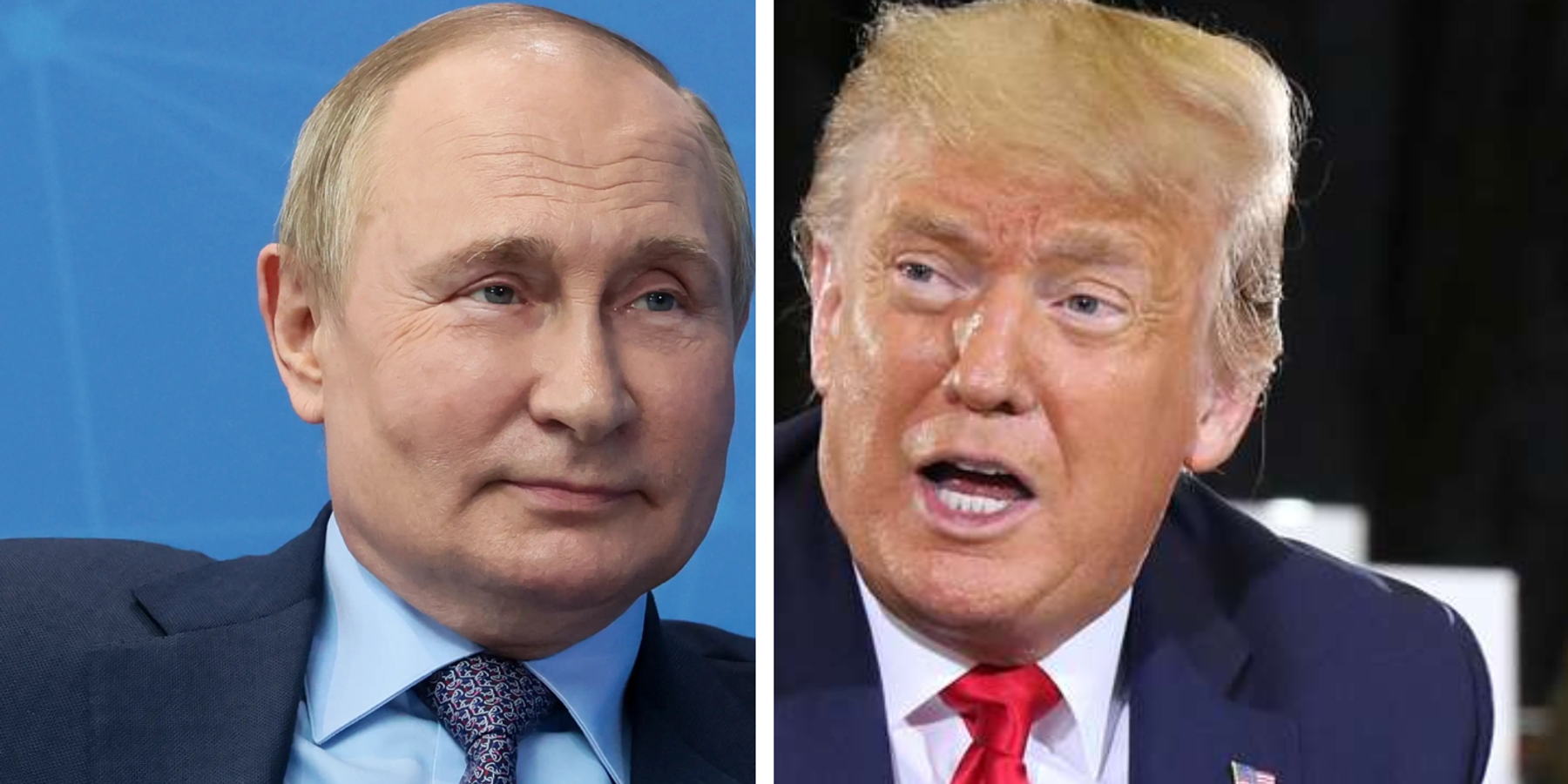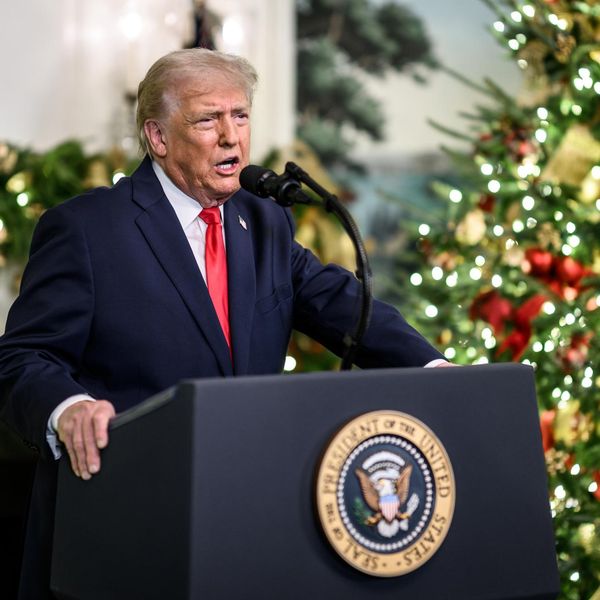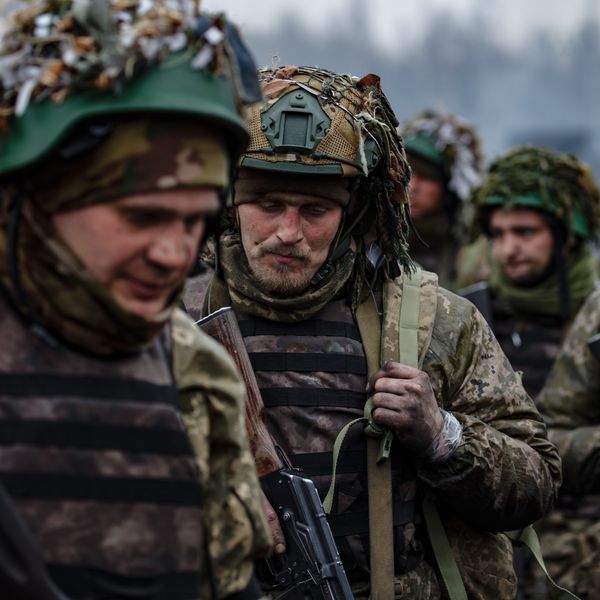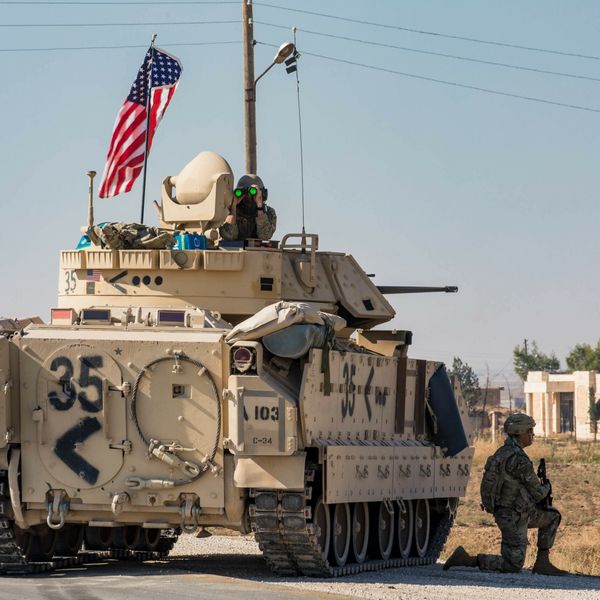When asked on Sunday if reports that President Donald Trump was considering providing Ukraine with Tomahawk cruise missiles were true, Vice President J.D. Vance left the door open.
The President was selling, not gifting, weapons to Ukraine, Vance clarified, and would make the final decision about what capabilities Ukraine might receive.
If the Trump administration is hoping that toying with this proposal to furnish Ukraine with more advanced, longer-range missiles will give it leverage over Russian President Vladimir Putin, it is mistaken. Ukraine does not have the ability to launch Tomahawk missiles, and U.S. stocks of these weapons and their delivery systems are far too few and far too valuable for the Pentagon to agree to part with them.
Such rhetorical and unrealistic military threats are counterproductive, telegraph desperation, and create unnecessary escalation risks.
This is not the first time that Ukrainian President Volodymyr Zelensky has asked for Tomahawk missiles. He made a similar request of the Biden administration earlier in the war but was rebuffed. The reasons for his continued interest are obvious. With a range of 2,500 kilometers—almost ten times that of the U.S. ATACMS—Tomahawk missiles could hold at risk strategic military and critical infrastructure targets across Russia far from Ukraine’s borders, including in Moscow and beyond.
That President Trump would now consider this request seriously is surprising. After all, his administration reimposed limits on Ukraine’s use of U.S.-provided long-range missiles months ago, restricting them to targets inside Russian-occupied areas of Ukraine. Providing Ukraine with new cruise missiles that can reach even farther into Russian territory would be at odds with this position and with Trump’s waning interest in offering Ukraine additional military assistance of any kind.
To be sure, President Trump often changes his mind. But even if Russia’s continued escalation in Ukraine and incursions into NATO airspace in recent weeks have altered Trump’s attitude, there is little chance that the United States can or would provide Kyiv with Tomahawk missiles. In fact, rather than exerting pressure on the Russian president, talk of providing Ukraine with Tomahawk missiles is fanciful and detached from military realities, and Putin clearly knows this.
Tomahawk missiles can be fired in three ways, from a guided missile destroyer; from Ohio, Virginia, and Los-Angeles class submarines; and using the new ground-based Typhon system, which was developed by the U.S. Army. Ukraine does not have any of these capabilities and has next zero chance of procuring them in the near or medium term.
For starters, Ukraine’s navy is small and lacks surface combatants, attack submarines, and the personnel to operate either. With U.S. ship and submarine-building under strain, it is unlikely Washington would consider selling these platforms to Ukraine.
Ukraine might have the personnel needed to operate the new ground-based Typhon system, but it is equally unlikely that the Pentagon would agree to sell this new hardware to Ukraine. The United States only has two working Typhon batteries, with a third in progress. Two of these systems are intended for use in Asia and one is earmarked for possible deployment to Germany. The United States has not agreed to sell the advanced system to any ally or partner — in part due to scarcity and in part due to the sensitivity of the technology — and it is hard to fathom that Ukraine will be the first.
If the United States did offer to sell Ukraine a Typhon system, it would not survive long on the country’s battlefield. The Typhon battery is enormous and hard to move. It requires a C-17 for transport over long-distances, and though it is road mobile, its size makes it quite easy to spot by satellite or even surveillance drone. In other words, it would make an appealing and vulnerable target for Russian airstrikes.
Without a means to launch the missiles, giving or selling Tomahawks to Ukraine would be futile. But there are other reasons to doubt that the United States would consider doing so. First, the missiles themselves are scarce and take two years to produce. With a total U.S. stockpile estimated under 4,000 missiles and after wasting several hundred in a pointless campaign against the Houthis in the Red Sea, the Pentagon will be leery of parting with the valuable munition, especially in the quantities needed for Ukraine to achieve strategic effects.
This is especially true given the crucial role the missile will play in any Pacific campaign, and the fact that fewer than 200 are produced most years.
Second, the United States has sold the missile so far only to close allies: Australia, Britain, Denmark, and Japan. Not even Israel has been permitted to purchase Tomahawk missiles to this point. It seems unlikely that the United States would be willing to share the weapon and its sensitive technology with the Ukrainians, especially with the risk that the missile or its remnants might fall into Russian hands.
Finally, there is the question of escalation, which Trump and his national security team has continued to attend to closely. Providing Ukraine a capability that can strike deep inside Russia creates a tremendous risk, especially since use of these missiles would require U.S. intelligence and targeting assistance. If Moscow believes that there is real threat to regime targets or to pieces of its nuclear infrastructure, the potential for nuclear escalation could become intolerably high. Even as he has become more frustrated with Putin, Trump has indicated zero interest in this type of outcome or any U.S. action that might drive Putin further from the negotiating table.
As the war drags on, it is understandable that Trump and his national security team are looking for new ways to coerce Putin into ending his battlefield campaign. To work, however, new threats must be credible, both politically and militarily. The proposal to send Ukraine Tomahawks is neither, and is more likely to evoke more laughter in the Kremlin than fear.
In the end, the best path to ending the war in Ukraine continues to be doubling down on diplomacy, even if the bargaining process is slow, frustrating, and doesn’t yield immediate results.
















